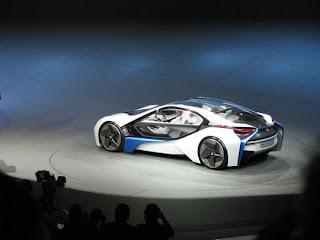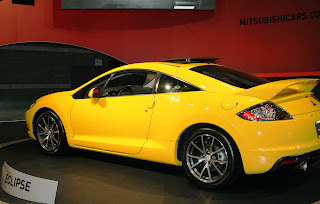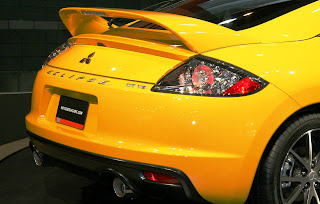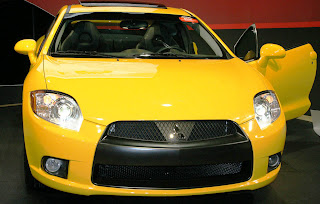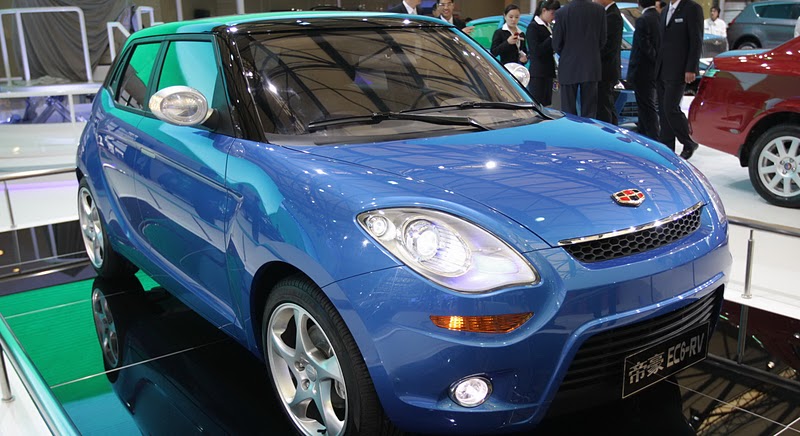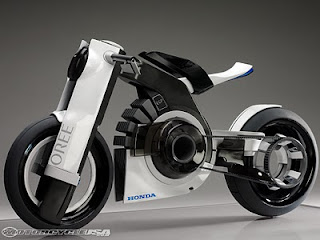The 2011 Matrix is due a minor styling facelift and its sporty and all-wheel-drive (AWD) models will likely get a new engine. The 2011 Matrix will remain basically a station wagon version of the 2011 Toyota Corolla compact sedan but with the additional benefit of available AWD. Toyota is phasing-in the installation of an electronic brake override designed to thwart sudden acceleration and every model-year 2011 Matrix will have the upgrade. Most 2010 models should have it as well.
Wait for the 2011 Matrix if you want the latest styling tweaks or you’re interested in a bit more power. Neither should be compelling enough, however, to pass up a great deal on a 2010 Matrix if you need a compact wagon now. Toyota’s extending generous cash-back and low-interest incentives as it tries to recover from sales lost during the sudden-acceleration recall. Obviously, verify with your dealer that any 2010 Matrix you’re considering has the brake-override system as well as the modified gas pedal and replacement driver’s-side floormat fitted as part of the recall.
The 2011 Toyota Matrix ranks 6 out of 7 Affordable Compact Wagons. This ranking is based on analysis of 43 published reviews and test drives of the Toyota Matrix, and analysis of reliability and safety data.
The 2011 Toyota Matrix is fuel-efficient and utilitarian, but reviewers say it can’t top its competitors: Its performance is underwhelming, and it doesn’t offer nearly as much cargo space.
The automotive industry finds that 2011 Toyota Matrix is a hodgepodge of highs and lows. Let’s start with the good. The Matrix has some of the highest fuel economy ratings in its class, good cargo space, a comfortable interior and Smart Stop Technology. With a base model and a manual transmission, you can get 26/32 mpg city/highway, figures that are only topped by the Mini Cooper Clubman and Nissan Juke, both of which are too small for most shoppers.
The Matrix also has a maximum cargo capacity of 49.4 cubic feet, which is plenty of space for hauling groceries or luggage. If you check out the Matrix’s interior, you should be satisfied with driver and passenger seating. The back seat is roomy, and there’s a standard tilt and telescopic steering wheel. Finally, Toyota added Smart Stop Technology, a system that reduces engine power when the brake pedal and accelerator are pressed at the same time, to the Matrix’s standard features list.
For these reasons, some journalists think the Toyota Matrix is a good choice. “Behold the Corolla wagon,” says Car and Driver. “Sharing its mechanicals with Toyota’s bestselling small car, the Matrix attracts with spacious and practical hatchback utility." However, after testing the Matrix’s sporty S trim and comparing the Matrix to its competitors, other test drivers think there are better affordable compact wagons on the market.
For example, reviewers find the base 1.8-liter engine is acceptable for daily commutes, but report that it’s underpowered compared to the Matrix’s sporty S model and the competition. If you upgrade to the S trim, you’ll still encounter a few problems. Performance is significantly better, but fuel economy plunges to 21/29 mpg city/highway with an automatic transmission. That’s down from 26/32 with the base engine and a manual transmission. Plus, the S model starts at about $21,400, which is expensive considering its decent but forgettable performance.
Even if you are satisfied with the performance upgrade, you may be disappointed with interior quality on either trim, which looks and feels inexpensive. Next is cargo space. The Matrix’s maximum cargo capacity is good, but when you compare the Matrix’s figures to its competitors, this wagon is easily bested by the Honda Fit, a hatchback, and the Hyundai Elantra Touring and Volkswagen Jetta SportWagen, all of which have more than 57 cubic feet with the rear seats folded.
When it comes down to it, the Matrix’s final grade looks pretty grim, and as a result, many reviewers aren’t impressed with this wagon’s complete package. “She's fun around town -- a good commuting car, really,” says Mother Proof . “But in the end, my hard, hard heart wasn't completely sold on the Matrix." But, if you are sold on the Matrix, don’t be discouraged. The Matrix will get you from point A to point B without hassle.
The Toyota Matrix gets a few changes for the 2011 model year. It has new wheels, two engines – down from three last year – standard Smart Stop Technology and an S model that features a 2.4-liter engine and 17-inch wheels. All-wheel drive is optional on the S trim. The base model has a 1.8-liter engine.
Compared to the rest of the class, as well as hatchbacks and compact SUVs, the Matrix is pricey. It starts at about $18,550 for the base model, and reaches about $21,400 for the sportier S model. At this rate you might as well start equipping a Honda Fit or Hyundai Elantra Touring with optional interior features or get a compact SUV.























